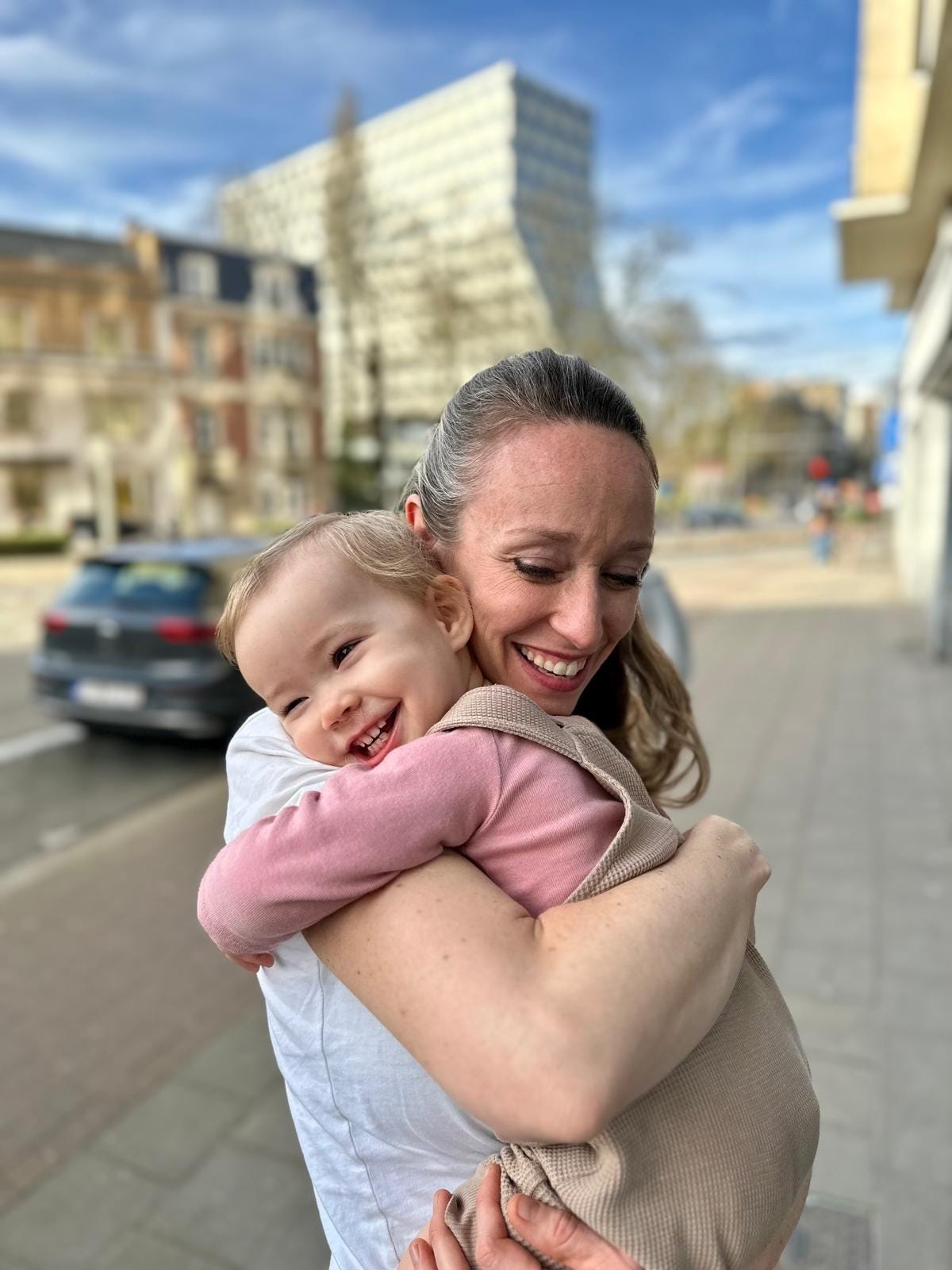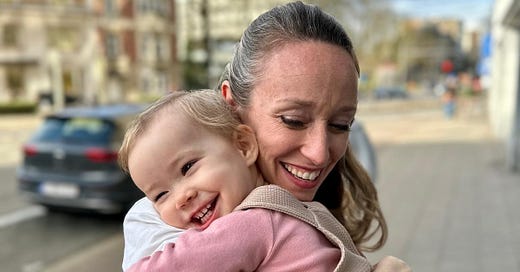Please Calm Down.
Holistic nurse and author, Tracie Braylock, helps us learn radical relaxation.
“You are not your diagnosis. A diagnosis is the process of identifying the nature of a disease, illness, or condition that explains the signs and symptoms. Therefore a diagnosis offers information that can be used to make decisions about your next steps, including beneficial pathways you can take toward healing as you continue living. A diagnosis gives you the opportunity to find the root cause of whatever you’re facing and work to return your body and being to homeostasis, that state of balance in your body. A diagnosis is not who you are.”
—Tracie Braylock, Radical Relaxation: Releasing the Stress You Were Never Meant to Carry
What is Homeostasis?

In 13 years of private practice, my greatest desire was to help my clients find their way to homeostasis and return quickly when faced with a triggering or upsetting event. We aim to return to homeostasis and live from a place of radical relaxation.
What is the Relaxation Response?
“The relaxation response is the opposite of fight, flight, freeze, and fawn—the various reactions associated with the stress response. It’s characterized by a decrease in heart rate, breathing rate, blood pressure, metabolism, and brain activity. Because the brain operates with less strain when we’re in a relaxed state, it becomes more efficient in its activity. This results in alertness, attention, and the decision-making functions of the brain and changes in gene activity opposite those associated with stress. An increase in relaxation decreases inflammation throughout the body.”
—Tracie Braylock
My time with Tracie this week left me in a state of high alert.
She added to the internal conversation I’ve been having with myself and left me with even more evidence that I best learn how to move through my life from a place of radical relaxation.
Keep reading with a 7-day free trial
Subscribe to Heartlift Central to keep reading this post and get 7 days of free access to the full post archives.




